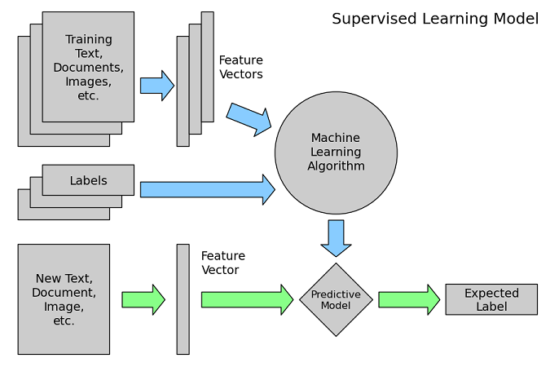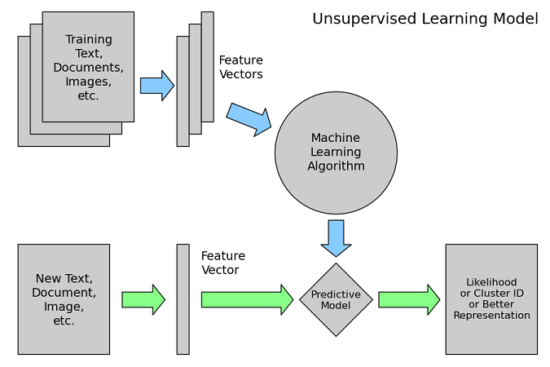.png?width=1920&height=500&name=envato-labs-image-edit%20(2).png)
Machine Learning: Intro to the Future of Computing
Written by Pete Nystrom
As the Information Revolution provided the means to further democratize knowledge in the form of computers, it also highlighted the importance of data. As computers, have become considerably powerful in contrast to their 20th century and even early 21st century counterparts, the importance of data has evolved as well. These days, data plays a role in understanding consumers and has been labelled as science. Our understanding of data has also given rise to innovations such as artificial intelligence, and machine learning.
Machine learning may be a buzzword these days but it is an important concept to understand if you are curious about how computing will evolve in the near future.
Starting off with some history, machine learning is subfield of computer science and as the name suggests, aims for computers on their own. The concept can be traced backed to Arthur Samuel who, in 1959, published an article titled Some Studies in Machine Learning Using the Game of Checkers. From this publication, the famous Samuel’s checkers-playing program was shown off. Within the abstract, Samuel notes the guidelines for how he built his successful machine learning program:
Two machine-learning procedures have been investigated in some detail using the game of checkers. Enough work has been done by verify the fact that a computer can be programmed so that it will learn to play a better game of checkers than can be played by the person who wrote the program. Furthermore, it can learn to do this in a remarkably short period of time (8 or 10 hours of machine-playing time) when given only the rules of the game, a sense of direction, and a redundant and incomplete list of parameters which are thought to have something to do with the game, but whose correct signs and relative weights are unknown and unspecified. The principles of machine learning verified by these experiments are, of course, applicable to many other situations.
Machine learning revolves around recognizing patterns and is done through three types of learning.
Supervised Learning:
As the name implies, supervised machine learning involves building a model through supervision. This supervision is given in the form of known input data and known output data. The goal here is to train a model to give reasonable responses and recommendations. The keywords here become reasonable and recommendations.

Source: researchgate.net
This form of machine learning is already in practice in a variety of software we use today. A notable example is music recommendations. Using input data provided, the algorithm makes predictions through classification.
Unsupervised Learning:
On the other end, unsupervised learning involves input data no output data. This requires the model to find its own answers, which the model achieves by learning more about the data. A common form of unsupervised machine learning is cluster analysis.

Source: ogrisel.github.io
Cluster analysis has cluster algorithms group and cluster datasets in order to find similarities within. This can be achieved through:
- Hierarchical clustering
- k-Means clustering
- Gaussian mixture models
- Self-organizing maps
For more information on unsupervised learning, check out MathWorks brief explanations.
A real-world example of utilizing unsupervised learning is understanding consumers through sales data. Given raw data, the algorithm could learn to find consumer preferences which can then be used to focus on specific consumers.
Reinforcement Learning:
Reinforcement learning involves a reward system. The AI is meant to learn from a trial and error approach. Through this style of machine learning, the AI is essentially learning how to make good decisions through rewards. A fun and contemporary example is Google DeepMind and its recent accomplishment.
Another example of the power of machine learning is its application to playing videogames. In this case, learning how to beat a level of Super Mario.
The Future of Computing:
Driverless cars have left the realm of fiction as auto-manufacturers along with tech giants like Google have begun dabbling with this concept. For a car to be driverless, the car must recognize and process all the intricacies of driving such as nearby objects, speed limits, and flow of traffic. To do this, the car must learn through machine vision.
The future of computing points towards even more developed machine learning libraries. Google’s TensorFlow is a popular open-source library right now but looking ahead, machine learning has the potential to be integrated into smaller devices such as IoT as AI becomes increasingly consumer centric.
Thanks for reading!
Thanks for reading our brief intro on machine learning. Want more tech trend news? We got you covered.
Diving into Deep Learning and Why It’s Important?








